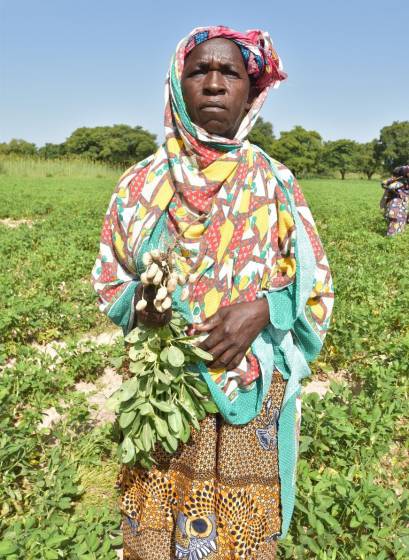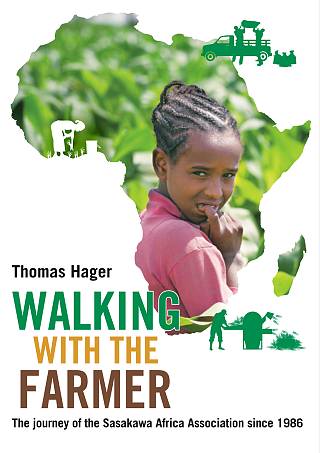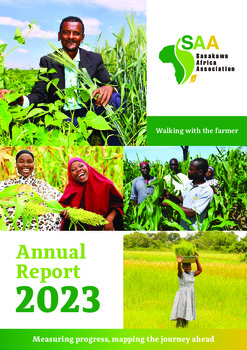“ Because of the effects of climate change, all our old varieties are abandoned”

The village of Dacoumani in Mali, like all villages in the Sahel, has had to endure the drastic effects of climate change. Notably, Dacoumani has experienced the gradual disappearance of local genotypes and decline in crop yield due to unpredictable rainfall patterns. In order to address this issue, SAA’s office in Mali – SG 2000 Mali – implemented a Climate Smart Village (CSV) extension model in 2018, as part of the Crop Productivity Enhancement (CPE) theme. The model is implemented at the Postharvest and Trade Centers (PHTCs) of Dacoumani and Guéssebougou, which comprise groups of ten villages, each sheltering forty technological demonstrations of the CSV model for approximately six hundred members.
The CSV model advocates for good water management practices, which include the pre-germination of seeds, as well as the use of early maturing crop varieties with high yield potential. The model also involves monitoring information from the national meteorological service, and carbon mitigation through the local application of mineral fertilizers and high doses of phosphorus.
Kiné Sogoba, a member of the Dacoumani PHTC, shares the impact that climate change has on smallholder farmers: "Because of the effects of climate change, all our old varieties are abandoned. Every year, rains stop suddenly and often in early September when we need it the most. Nowadays, everyone is obliged to use new varieties, such as early maturing varieties, otherwise you will not harvest anything in your plot."
Following an assessment of CSV activities, the Monitoring, Evaluation, Reporting and Communication (MERC) unit of SAA found that 83% of those interviewed at the two PHTCs thought that the technologies introduced are effective in coping with the effects of climate change. A total of 85% found the technologies applicable in their own production plots.
Kiné reflects on the benefits of the new agricultural practices: “Seed priming is very beneficial because it allows for the identification, and subsequent removal, of seeds that are in bad condition. This encourages germination as seeds sown after priming begin to germinate the next day, whereas previous farming methods it is typical to wait three to five days before seeing the seeds germinate. This demonstrates the value of the technologies implemented in the CSV model.”
SAA Publications

E-newsletter
"Walking with the Farmer"
SAA publishes a bimonthly e-newsletter reporting on SAA activities.

SAA history book
"Walking with the Farmer: The journey of the Sasakawa Africa Assoication since 1986"
This book chronicles the history of SAA from its inception to the present.

Annual Report
Annual Report FY2023
Annual Report FY2023 is available here.




